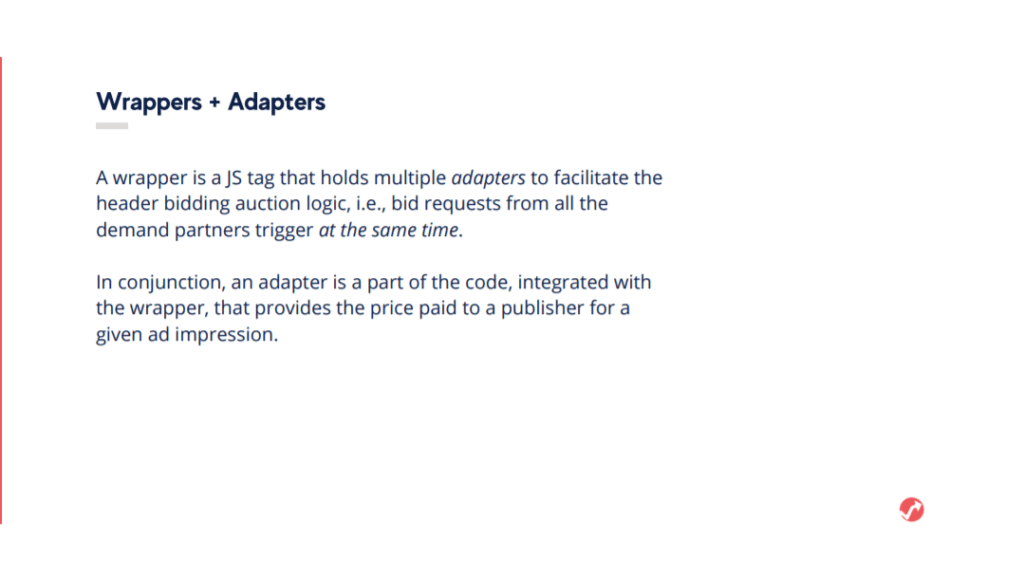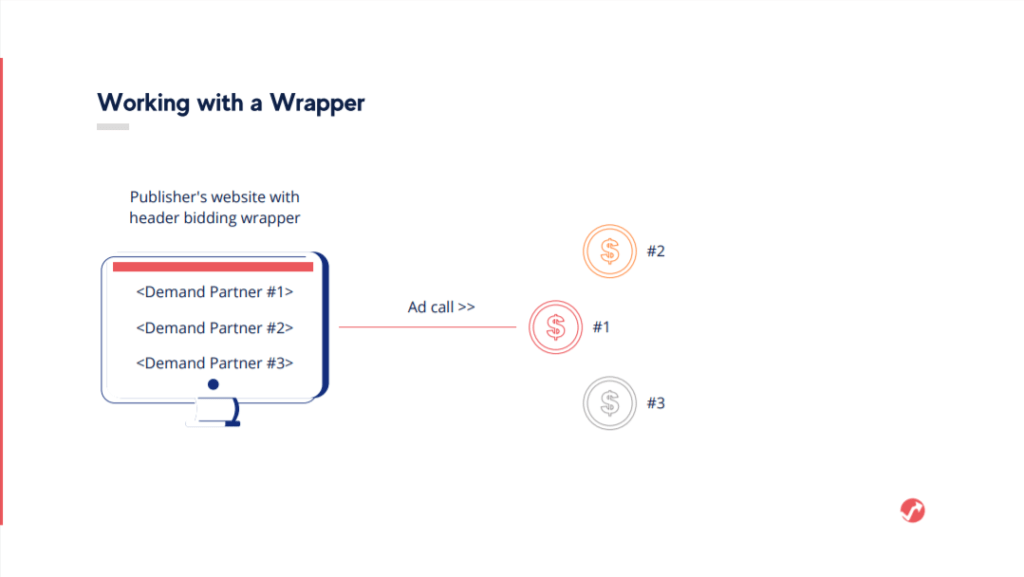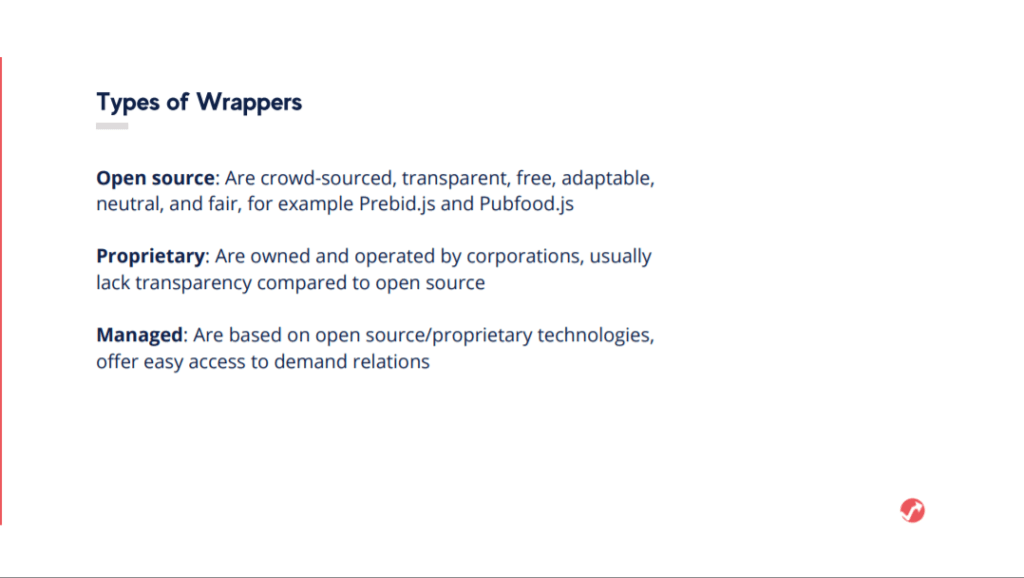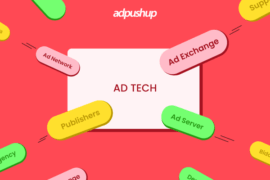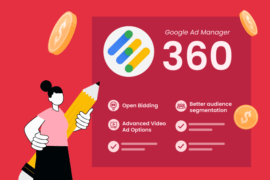In the programmatic universe, technology is created as per the industry demand. This is the reason why waterfall setup was deprecated and header bidding was introduced.
Eventually, we started competing header bidding with direct-sold and AdX line items to maximize the competition. The limitation with header bidding is that it required engineering capabilities to implement and run. And hence, we got post-bid as a solution to call out multiple demand sources without having to go through all the technical setup.
But things are not that easy with post-bid as it may sound. So, here is an explainer to help you understand.
What is Post-bid?
Post-bid auction starts when publishers’ ad servers (mostly DFP) decline the inventory and then get picked up by the publisher’s demand source to compete for the impression.
Post-bid is the configuration scenario where a publisher loads and runs Prebid.js in a winning line item’s creative. In a post-bid setup, demand sources compete after the ad server has chosen the post-bid line item.
Prebid.org
Sounds confusing? Here is some history to make things simple.
To clearly understand post-bid, we first need to understand how header bidding works and what gave rise to the use of post-bid.
In the case of header bidding, an impression is first taken to header bidding demand partners to bid on it. Once the bid responses are collected, the publisher’s server (DFP) reveals its direct-sold and/or exchange-based responses. Since, header bidding is the first one to submit the response, ad servers can leverage this to win the impression simply by adding one more cent to the winning bid offered by header bidding.
Want to know more about Header Bidding? Click here
To see how things work when an ad server is asked to bid first, the idea of post-bid is put into action. Basically, the impression first goes to the ad server, if the server rejects the bid, header bidding demand sources get to bid on it and win it.
How Does it Work?
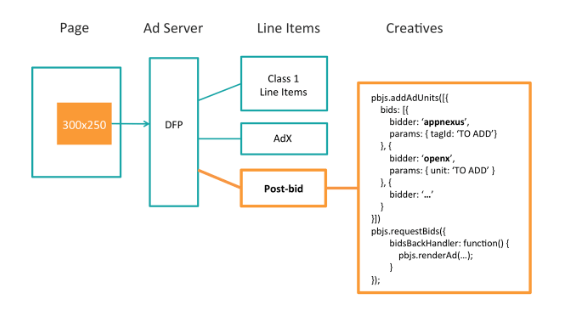
As opposed to header bidding, the post-bid code (prebid.js or any other wrapper) resides inside the post-bid line items. Here how things move once an impression is available on the page:
- The ad tag inside an ad unit sends a request to serve an ad to the ad server (DFP).
- The ad server chooses the winner among available options – direct-sold line items, ad exchange, post-bid line items.
- If the post-bid wins, the line item creative will invoke the header auction.
- Bids from demand partners will be compared and the winner will get to show its ad creative.
By the way, we also have a webinar on header bidding wrappers:
How is it Different from Header Bidding?
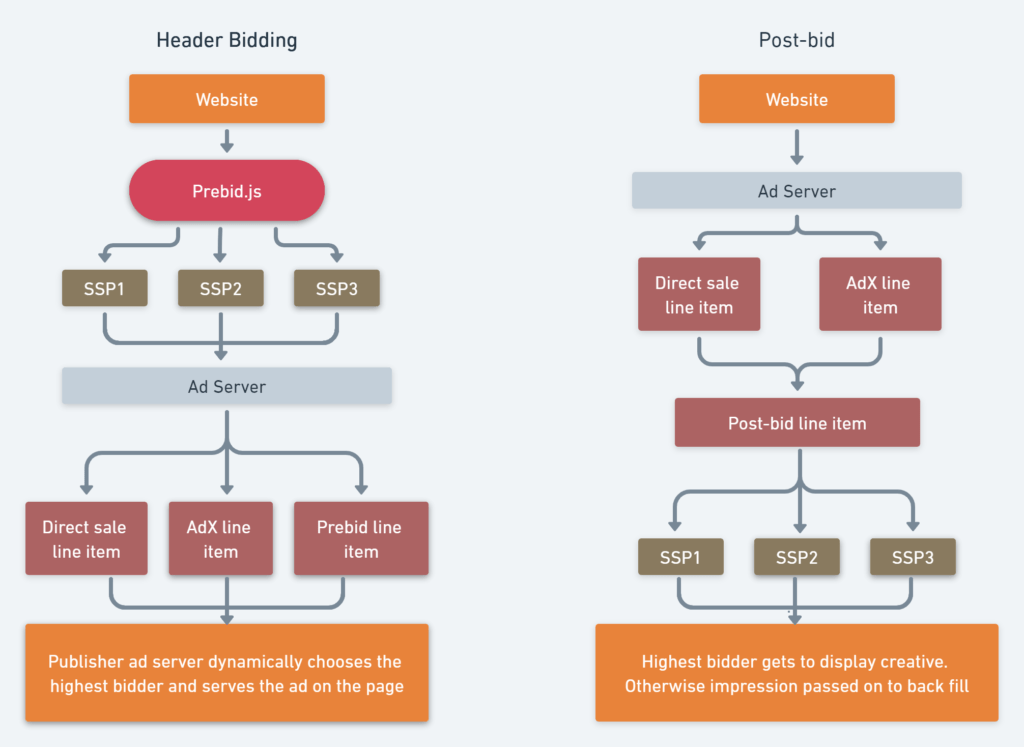
Here is a quick table to explain the difference between header bidding and post-bid:
| Features | Header bidding (Pre-bid) | Post-bid |
| Ad server behaviour | Ad server is called AFTER header auction | Ad server is called BEFORE header auction |
| Technical expertise | High-level expertise required | No/Low-level expertise required |
| Ad latency | Depends on timeout settings and additional ad server latency | No ad server latency. Can run ad server and header auctions parallely to save time |
| Ability to run hybrid header bidding auction | Yes. Can compete with direct line items and AdX line items dynamically | No. Can’t compete with ad server line items in real time |
| Monetization capability | High | Low |
Benefits
- Setup doesn’t require engineering assistance
Unlike header bidding, post-bid doesn’t require changes to be made to head code and integration of wrapper. The only technical work required is placing tag IDs into the third party tag’s JSON config for the demand sources. Once this is done, demand partners would be able to bid everytime post-bid wins the impression. - Reduced ad latency
Since the ad server rejects this impression and it goes to post-bid, the additional ad serving time is saved. When compared with waterfall and header bidding, post-bid reduces latency by focusing on one auction at a time. - Can set fallback
It is very likely that during a post-bid auction, no demand partner gets to win the impression. In such a case the publisher is likely to serve a blank impression. To avoid this from happening, post-bid line items can be optimized with fallback settings and/or in-house line items.
Drawbacks
- No dynamic allocation
Once the impression is rejected by an ad server, it becomes the responsibility of post-bid to get an ad creative. This makes post-bid line items static in nature. Whereas with header bidding, publishers have the option to run multiple auctions simultaneously and dynamically choose a winner in real-time. - Reporting can be difficult
When it comes to reporting, ad servers are not very efficient offering detailed post-bid data. Publishers only get an aggregated report of all demand sources participating in auctions (no separate report for post-bid auctions). Unless the publishers’ wrappers offer more details of auctions, they might need to rely on third party reporting services to get details of demand partners.
How to Get Started With Post-bid?
To get started with post-bid, publishers need to create line items in the ad server. If there are multiple ad sizes involved, then it is required to create multiple line items for each ad size.
Once the line items are live, the ad tag will trigger the ad server to choose between the line items. And if a post-bid line item is selected, the header bidding auction will be conducted.
Publishers who are unable to manage the engineering requirements for header bidding and still looking to monetize using it can take help of post-bid auction.
AdPushup’s Header Bidding Solution
Merely deploying header bidding in your ad stack isn’t enough. Consistently optimizing it with technical improvements is the need of the hour. This is what AdPushup’s header bidding solution does. Through our multiple optimization features using data science and machine learning, we help publishers maximize their yield.
With our header bidding solution, you get:
- Automatic demand partner selection according to optimum requirements
- Smart timeout management
- Freedom to bring your own demand
- Bid monitoring and discrepancy resolution
Read more about our product capability: Header Bidding

Shubham is a digital marketer with rich experience working in the advertisement technology industry. He has vast experience in the programmatic industry, driving business strategy and scaling functions including but not limited to growth and marketing, Operations, process optimization, and Sales.

